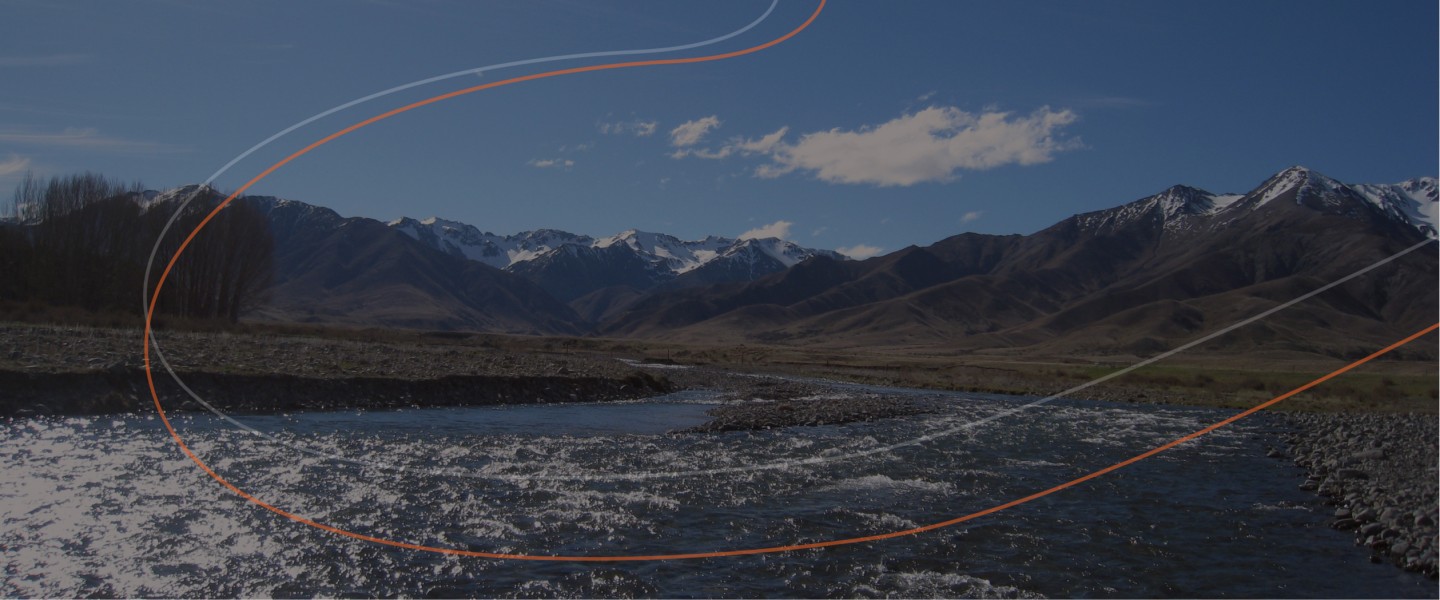References
- Brown RC, Tey SL, Gray AR, et al. Patterns and predictors of nut consumption: results from the 2008/09 New Zealand Adult Nutrition Survey. British Journal of Nutrition 2014;112(12):2028-40.
- Bradbury KE, Skeaff CM, Crowe FL, et al. Serum fatty acid reference ranges: percentiles from a New Zealand national nutrition survey. Nutrients 2011;3(1):152-63.
- Brown RC, Tey SL, Gray AR, et al. Nut consumption is associated with better nutrient intakes: results from the 2008/09 New Zealand Adult Nutrition Survey. British Journal of Nutrition 2016;115(1):105-12.
- Eyles HC, Cleghorn CL. Dietary sources of sodium across the diverse New Zealand adult population. Preventive Medicine Reports 2022;29:101927.
- Parackal SM, Smith C, Parnell WR. A profile of New Zealand ‘Asian’participants of the 2008/09 Adult National Nutrition Survey: focus on dietary habits, nutrient intakes and health outcomes. Public Health Nutrition 2015;18(5):893-904.
- Devi A, Rush E, Harper M, et al. Vitamin B12 status of various ethnic groups living in New Zealand: an analysis of the adult nutrition survey 2008/2009. Nutrients 2018;10(2):181.
- Beck K, Jones B, Ullah I, et al. Associations between dietary patterns, socio-demographic factors and anthropometric measurements in adult New Zealanders: an analysis of data from the 2008/09 New Zealand Adult Nutrition Survey. European journal of nutrition 2018;57:1421-33.
- Coppell KJ, Mann JI, Williams SM, et al. Prevalence of diagnosed and undiagnosed diabetes and prediabetes in New Zealand: findings from the 2008/09 Adult Nutrition Survey. New Zealand Medical Journal 2013;126(1370):23-42.
- McLean RM, Williams S, Mann JI, et al. Blood pressure and hypertension in New Zealand: results from the 2008/09 Adult Nutrition Survey. New Zealand Medical Journal 2013;126
- Cleghorn C, Blakely T, Mhurchu CN, et al. Estimating the health benefits and cost-savings of a cap on the size of single serve sugar-sweetened beverages. Preventive Medicine 2019
- Cleghorn C, Mulder I, Macmillan A, et al. Can a Greenhouse Gas Emissions Tax on Food also Be Healthy and Equitable? A Systemised Review and Modelling Study from Aotearoa New Zealand. International journal of environmental research and public health 2022;19(8):4421.
- Blakely T, Cleghorn C, Mizdrak A, et al. The effect of food taxes and subsidies on population health and health costs: a modelling study. The Lancet Public Health 2020;5(7):e404-e13.
- Wilson N, Nghiem N, Eyles H, et al. Modeling health gains and cost savings for ten dietary salt reduction targets. Nutrition Journal 2016;15(1):44.
- Utter J, Scragg R, Mhurchu CN, et al. At-home breakfast consumption among New Zealand children: associations with body mass index and related nutrition behaviors. Journal of the American Dietetic Association 2007;107(4):570-76.
- Gibson RS, Bailey KB, Parnell WR, et al. Higher risk of zinc deficiency in New Zealand Pacific school children compared with their Māori and European counterparts: a New Zealand national survey. British Journal of Nutrition 2011;105(3):436-46.
- Rockell JE, Parnell WR, Wilson NC, et al. Nutrients and foods consumed by New Zealand children on schooldays and non-schooldays. Public health nutrition 2011;14(2):203-08.
- Regan A, Parnell W, Gray A, et al. New Zealand children's dietary intakes during school hours. Nutrition & Dietetics 2008;65(3):205-10.
- Utter J, Scragg R, Schaaf D, et al. Nutrition and physical activity behaviours among Mäori, Pacific and NZ European children: identifying opportunities for population‐based interventions. Australian and New Zealand Journal of Public Health 2006;30(1):50-56.
- Ni Mhurchu C, Te Morenga L, Mackay S, et al. NZ Nutrition Survey - Development. Report prepared for Manatu Hauora Ministry of Health. Auckland: Unversity of Auckland, 2023.
- PwC. The Economic and Social Cost of Type 2 Diabetes. Wellington: Diabetes New Zealand; Edgar Diabetes and Obesity Research Centre (University of Otago); Healthier Lives – He Oranga Hauora National Science Challenge and Tony & Heather Falkenstein, 2021.
- Engle-Stone R. Artificial intelligence-assisted mobile dietary assessment: time to expand the standard toolkit? . American Journal of Clinical Nutrition 2024;120(5):1005 - 06.
- Healthier Lives National Science Challenge. Call for updated national survey to see what New Zealanders are eating, 2019. 2019 [Available from: https://healthierlives.co.nz/call-for-updated-national-survey/ accessed 15 Sep 2024 2024.
- Te Ao Maori News. 'We don’t have good information on what we’re eating’: Call for comprehensive national nutrition survey, [Available from: https://www.teaonews.co.nz/2023/12/07/we-dont-have-good-information-on-what-were-eating-call-for-comprehensive-national-nutrition-survey/ accessed 15 Sep 2024 2024.
- New Zealand Food and Grocery Council. Election 2020: FGC calls for fresh children’s National Nutrition Survey. 2020 [Available from: https://www.fgc.org.nz/nz-needs-fresh-childrens-national-nutrition-survey/ accessed 15 Sep 2024 2024.
- New Zealand Food and Grocery Council. Working towards better health outcomes together. 2023 [Available from: https://www.fgc.org.nz/working-towards-better-health-outcomes-together/ accessed 15 Sep 2024 2024.
- New Zealand Beef and Lamb. Beef + Lamb NZ Joins The Call For New National Nutrition Surveys. 2020 [Available from: https://www.beeflambnz.co.nz/news/beef-lamb-nz-joins-the-call-for-new-national-nutrition-surveys accessed 15 Sep 2024 2024.
About the Briefing
Public health expert commentary and analysis on the challenges facing Aotearoa New Zealand and evidence-based solutions.
Subscribe

Public Health Expert Briefing
Get the latest insights from the public health research community delivered straight to your inbox for free. Subscribe to stay up to date with the latest research, analysis and commentary from the Public Health Expert Briefing.
